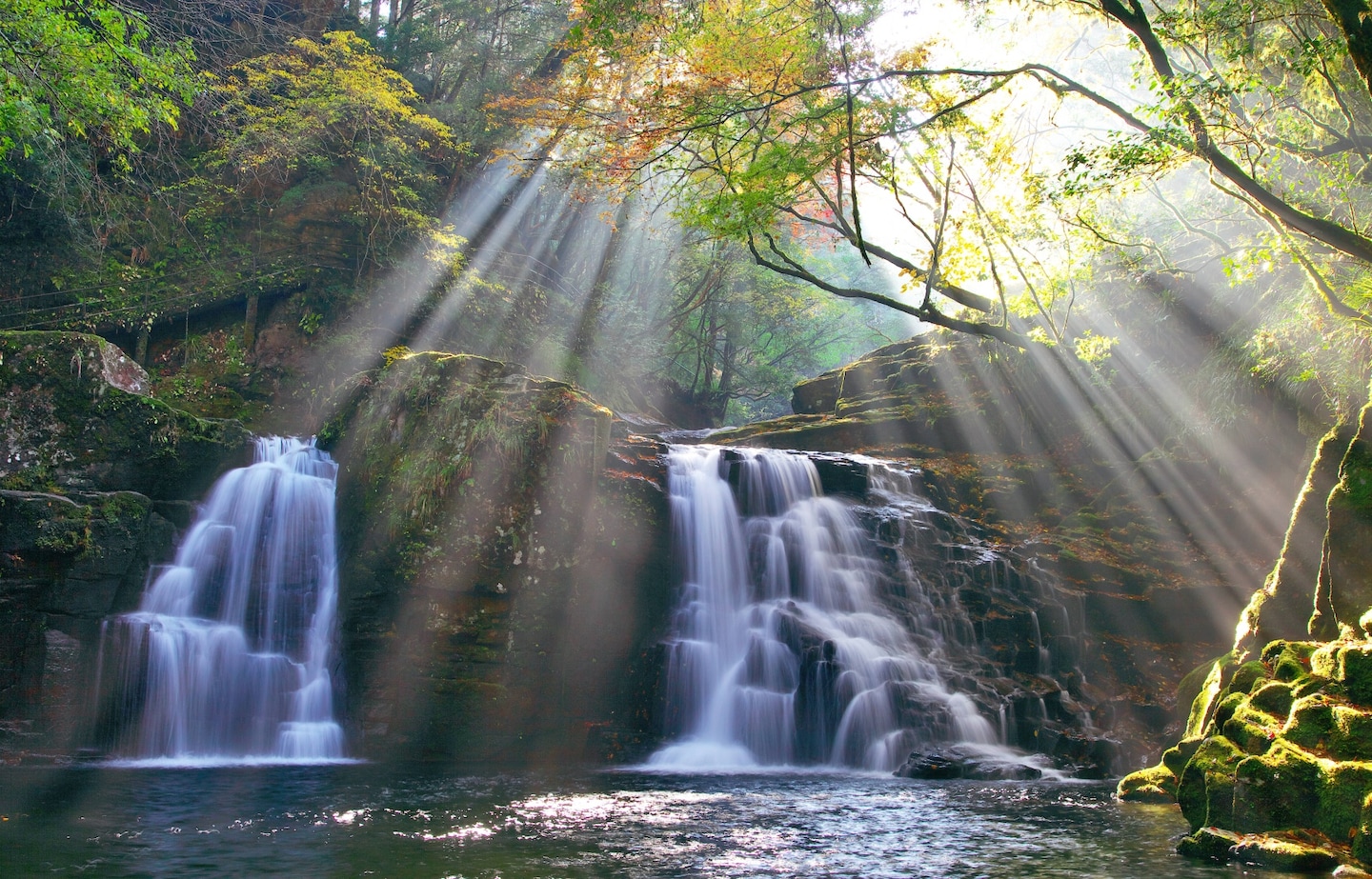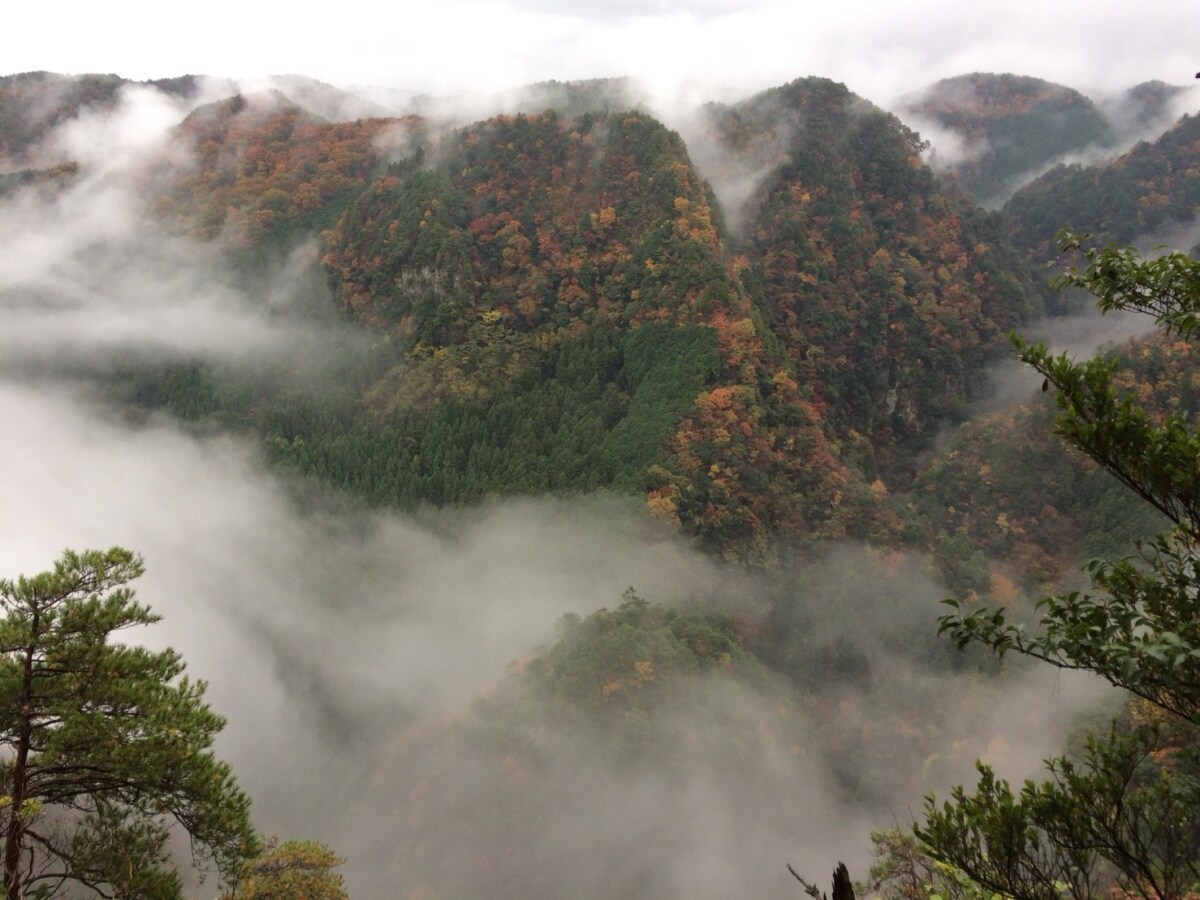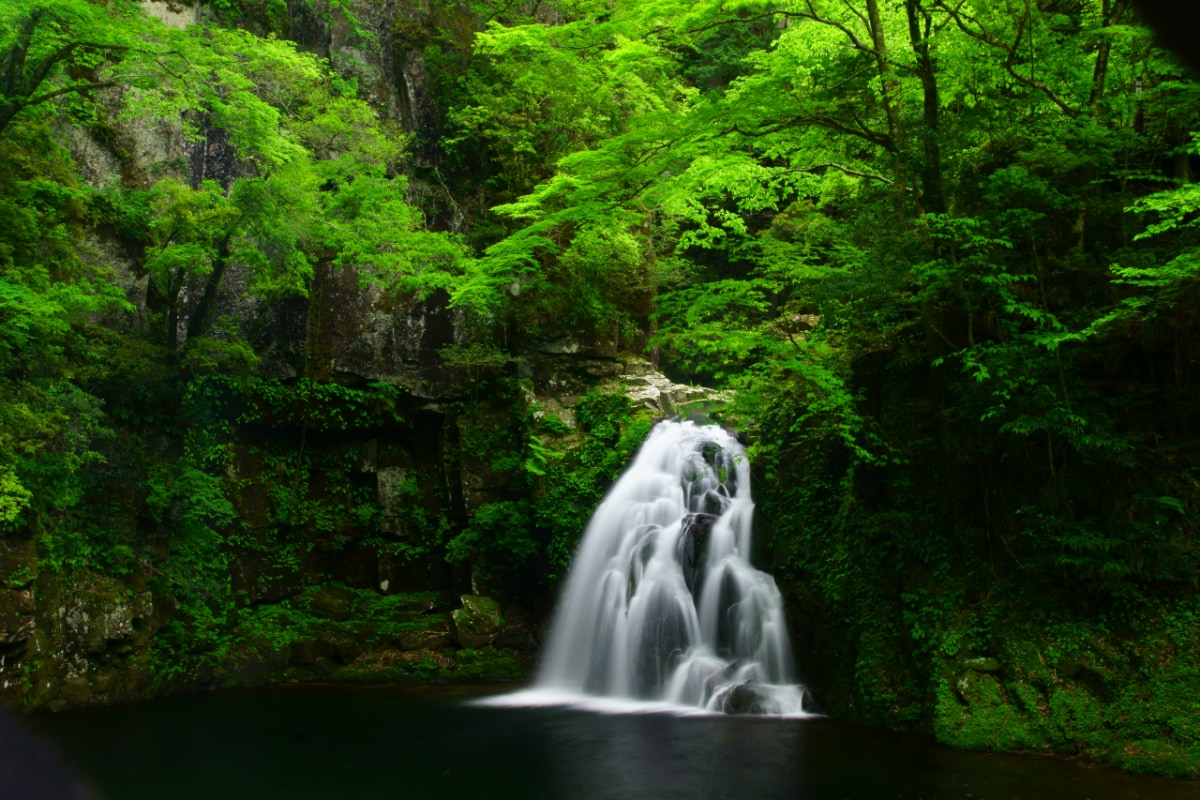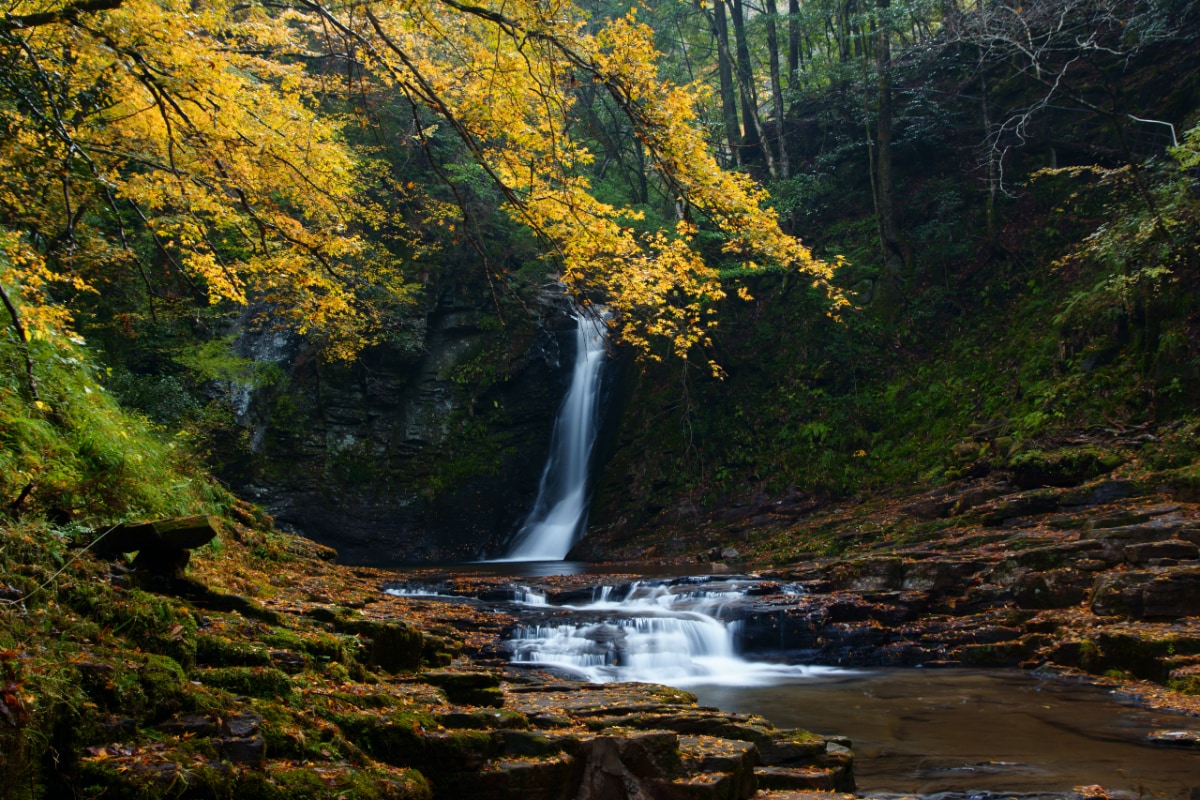Picturesque Waterfall Country (and Ninja) in Central Japan

Japan has many beautiful waterfalls, but few places offer as many easily accessible cascades as the Akame 48 Waterfalls in Nabari, Mie prefecture. Travel writer Louise George Kittaka shares her exploration of a treasure trove of waterfalls along this river trail, surrounded by pristine forest where ninja once lurked.
By Louise George KittakaNabari: Rich in History and Natural Beauty

All photographs courtesy of NPO Akame 48 Waterfalls Valley Preservation Association
For me, one of the highlights of travel in Japan is the chance to find new waterfalls. From popular tourist attractions, to a blink-and-you’ll-miss-it sign pointing the way to a hidden gem on a winding mountain road—I want to see them all. The Akame 48 were recommended by a friend during a recent trip to the Kansai region. “Akame 48” may sound like a new idol group from the AKB48 stable, but it’s actually an entire valley brimming with stunning waterfalls.
The city of Nabari sits close to the border of Mie and Nara, and the region is rich in history as well as nature. En no Gyoja, the founder of shugendo (mountain asceticism) was said to have trained here in the eighth century. Shugendo combines elements of Buddhism, Shintoism, and Taoism, and the practices include performing prayers and sacred rituals in the mind-numbing deluge of waterfalls. Nabari was also one of the principle locations of the ninja culture of Iga between the 15th and 18th centuries. (Iga province was the former name for this area of western Mie prefecture.) Over the years, the dense forests were found to be an ideal place for practitioners to hone their skills, and that's still true today. Would-be ninja, in fact, can participate in a special program at the Akame 48 Waterfalls.
Rain Doesn't Stop Play

Senju Falls: one of the big 5 of the "48" among the lush summer greenery.
Kansai was hit with torrential rain the morning I planned to drive to see the waterfalls. When I called the visitor’s center, however, I was assured that the worst of the rain had passed and that people were already out on the trail. I grabbed a ¥500 plastic raincoat at a convenience store on the way to Nabari for good measure, but the rain eased up and the sun came out just as I pulled into the parking lot at the waterfalls—perfect timing!
“With all the rain, you’ll probably see some bonus falls today,” said the woman in the visitors center as I paid the small entrance fee and collected a map. She warned me that after the rain, the trail would be more slippery than usual.
A four-kilometer trail follows the Taki River and its many waterfalls through the valley. The route and approximate walking times are explained on the map handout and on signboards posted along the route. The first section is easy, making it an ideal “mini hike” for small children or those with limited mobility, or simply if time is short. The trail starts to get more challenging after walking for about 30 minutes. A return trip along the entire trail takes approximately three hours, although it depends on your pace and how often you stop to admire the amazing views along the way.
Do the Math: How Many is 48?

Another of the big 5 in autumn colors: Biwa Falls
In case you're wondering, there aren’t actually 48 waterfalls. The number 48 is sometimes used in Japanese to mean “many” and appears in geographical names, as well as in sumo and religious terminology. My goal was to see the “big five” waterfalls of the Akame 48: Fudo, Senju, Nunobiki, Ninai and Biwa Falls, and whatever else I came across along the way. In the end, I was too busy taking photos and gasping in awe to keep count. Surrounded by lush green forest, velvety moss-covered rocks, cascades everywhere—I was in waterfall heaven.
I was also treated to some “bonus” falls, as the woman at the visitor center had mentioned. All along the trail there were pretty mini-cascades running down the rocks as a result of the heavy rain earlier in the morning. I had to tread carefully to avoid an impromptu shower in a few places, adding an extra element of adventure. That plastic raincoat came in handy.
As I was approaching the fourth of the big five, the Ninai Falls, I met a staff member out on patrol. He told me the remainder of the trail was very slippery, particularly near the approach to the Biwa Falls, and he recommended that I turn back.
The trail was definitely harder to navigate by this point, so after checking out Ninai, I turned around. It was a little disappointing not to see Biwa, but I’d already had a wonderful hike, and it was added incentive to visit in a different season. (In autumn and winter you can experience the valley bathed in the soft glow of bamboo lanterns during the annual light up event, usually from late October through the end of January.)
Ninja and Salamanders
A "ninja" practices moves in the river.
Due to the inclement weather, there were no would-be ninja out and about during my visit, but the ninja training experience seems like it would be a lot of fun—for adults as much as for kids. After suiting up in ninja attire, participants in the 90-minute program can practice their stealth moves, including scaling walls and climbing ropes. Advance booking is recommended, and children under six must be accompanied by an adult.
The area is also known as a habitat of the giant salamander, an amphibian which looks like a cross between a frog and a lizard. Get up close and personal with some specimens and find out more about them in the Japan Salamander Center, which is inside the visitor’s center at the entrance to the waterfalls. The salamanders are also the inspiration for the Akame 48 Waterfalls mascot characters, Sanchan and Tacky.
Access to Akami 48 Waterfalls
Junior "ninja" are also welcomed to the ninja course. Reservations required.
How to get there:
I came by car, but the waterfalls can also be reached by a 10-minute bus ride from Akameguchi Station on the Kintetsu Line. It takes around an hour to get there from Osaka-Namba Station or about 90 minutes from Kyoto and Nagoya Stations. Eco tours of the area and waterfall climbing are also available.
--Akami 48 Waterfalls website for more information and to make bookings.
https://www.akame48taki.com/en/
--Entrance fees to the Akame 48 Waterfalls:
¥500; ¥250 for elementary and middle school students.
--Ninja Training Information and Reservations:
https://www.akame48taki.com/ninja/
--The East Nara and Nabari Tourism site has comprehensive information on activities and accommodation in the region.
https://enntourism.com/spot_category/nabari/
--Tomaru Café Sankaku:
https://www.akame48taki.com/activity_post/sankaku-cafe/



